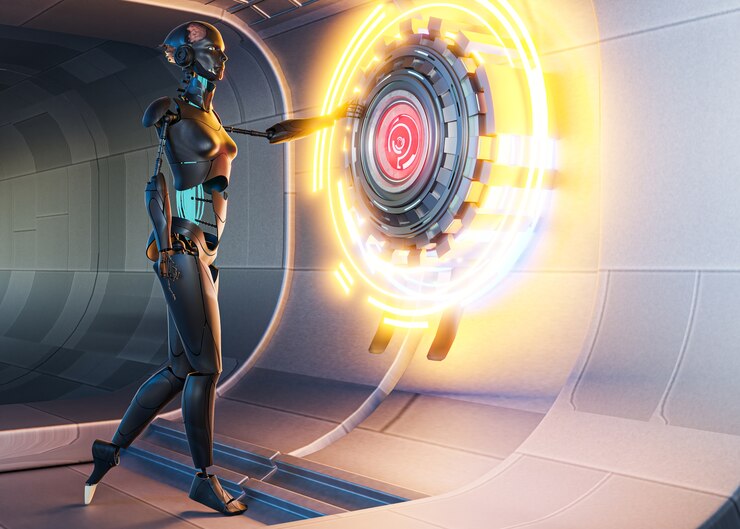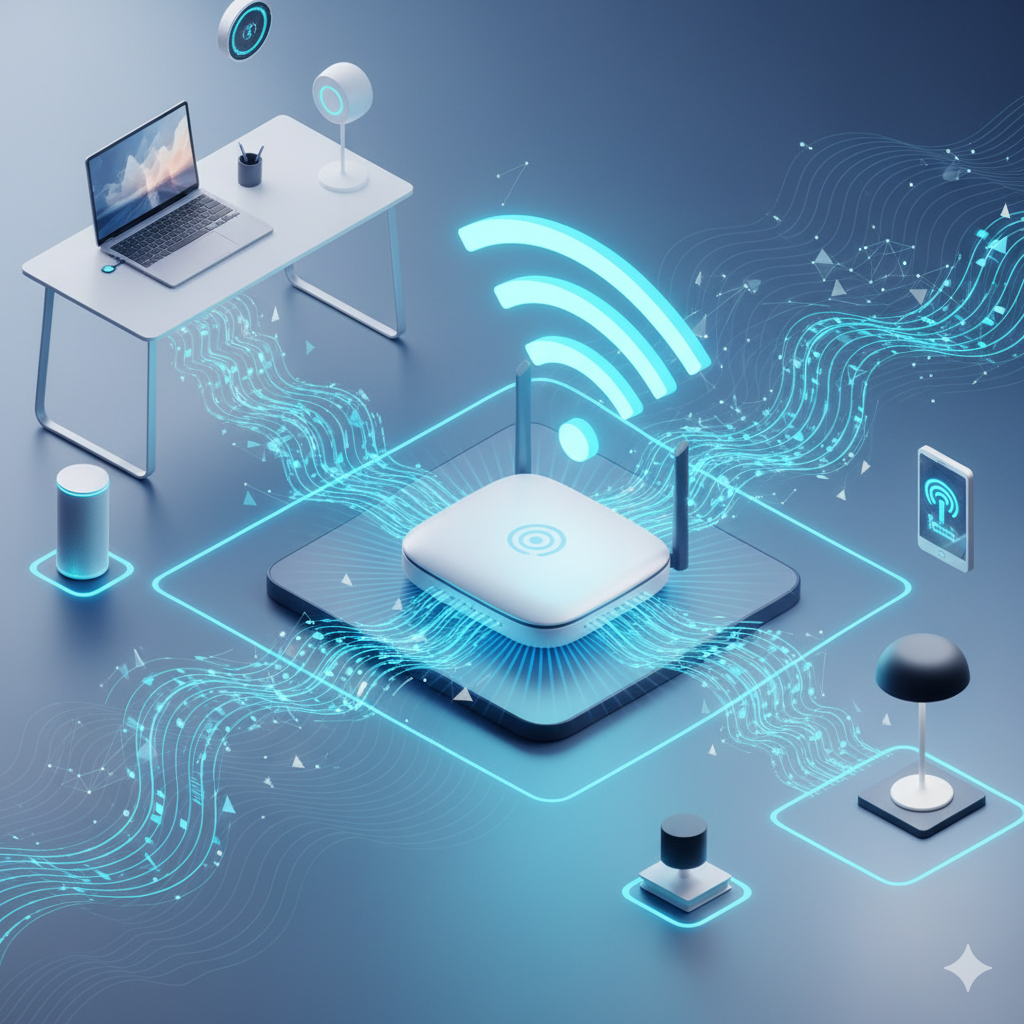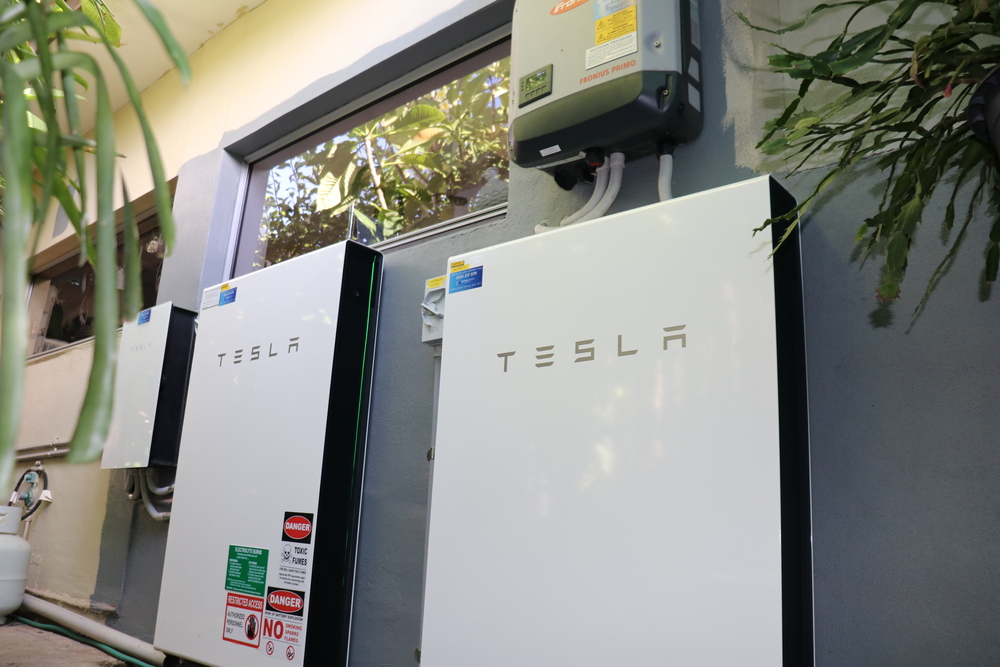Introduction
The growing prevalence of ai detector (AI) in content creation has sparked the need for effective detection tools. AI-generated content is becoming increasingly sophisticated, making it harder to differentiate from human-written work. AI detectors are useful in situations like these. These tools are essential in identifying whether a piece of content was created by a machine or a human, helping maintain authenticity across various fields.
What Is an AI Detector?
An AI detector is a specialized tool designed to identify content generated by AI systems, such as GPT models. As AI continues to evolve and produce highly realistic text, these detectors use a combination of algorithms, linguistic analysis, and machine learning to determine if content was machine-generated.
How Do AI Detectors Work?
AI detectors analyze several factors to assess whether content is AI-generated. Among the most popular methods are the following:
1. Text Patterns and Structures
AI-generated text often follows a distinct, formulaic structure. Detectors analyze sentence patterns, coherence, and the overall flow of the content to pinpoint machine-generated writing.
2. Repetitive Phrasing
Sometimes, AI systems repeat words or sentences in an odd way. Detectors can flag content that appears overly repetitive or lacks variation.
3. Semantic Analysis
AI detectors use advanced algorithms to understand the context and semantics of the text. Machine-generated content might have inconsistencies in logic or lack depth in understanding complex topics, which detectors can identify.
4. Probability Models
Detectors assess the likelihood that certain word choices or sentence structures were generated by AI, based on how frequently these appear in human-written vs. AI-written texts.
Why Are AI Detectors Important?
AI detectors play a crucial role in various sectors, ensuring content authenticity and preventing misuse of AI-generated work.
1. Academic Integrity
In academic settings, AI detectors help educators ensure students submit their original work. The use of AI in assignments without proper attribution could compromise academic honesty.
2. Content Creation
As AI-generated content becomes more widespread in marketing, journalism, and blogging, ensuring that articles are human-written can be critical for brand integrity. Businesses rely on AI detectors to maintain high-quality, authentic content for their audiences.
3. Combating Misinformation
AI-generated content, especially in the form of fake news or automated reviews, can be misleading. Detectors help organizations identify and mitigate the spread of misinformation.
See more article, ki detector
Best AI Detectors Available
Several AI detection tools are on the market today, each offering unique features for different use cases.
1. Open AI GPT Detector
Open AI provides its own detection tool, specifically aimed at identifying text produced by its language models, ensuring that users can distinguish between human and AI-generated content.
2. Content at Scale Detector
This detector is known for its advanced algorithms that analyze text for patterns typical of AI-generated writing, offering highly accurate results.
3. Turnitin’s AI Detection
Turnitin, a leader in plagiarism detection, has introduced an AI detection tool that helps educators identify AI-generated content in student submissions, ensuring academic integrity.
Conclusion
As AI technology continues to advance, the importance of AI detectors will only grow. These tools are vital for maintaining transparency, ensuring original content creation, and preventing the misuse of AI-generated text in various industries. Whether for academic, professional, or personal use, AI detectors offer a reliable way to distinguish between human and machine-written content in today’s digital landscape.
See more related article, click here









